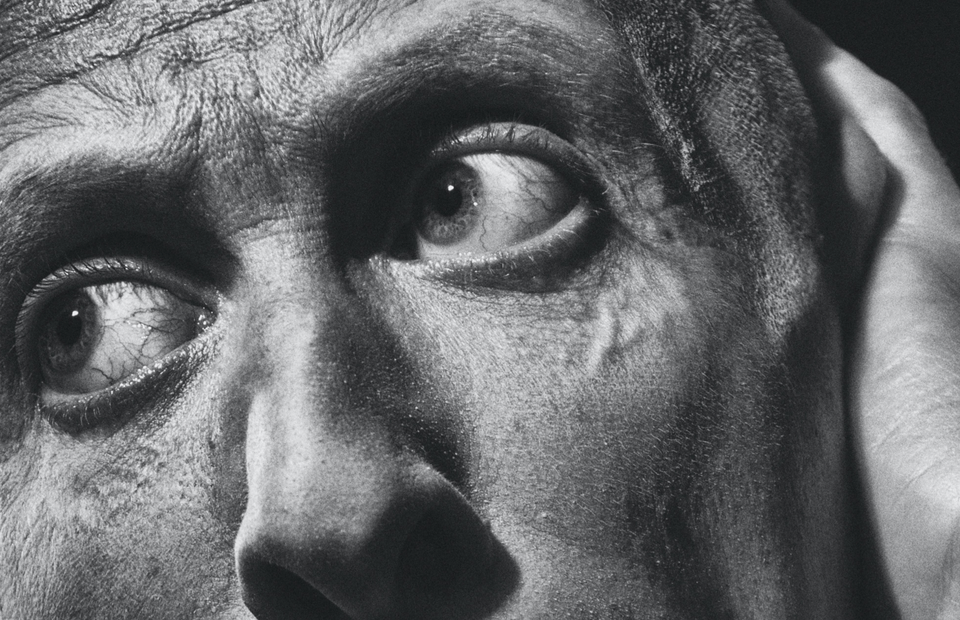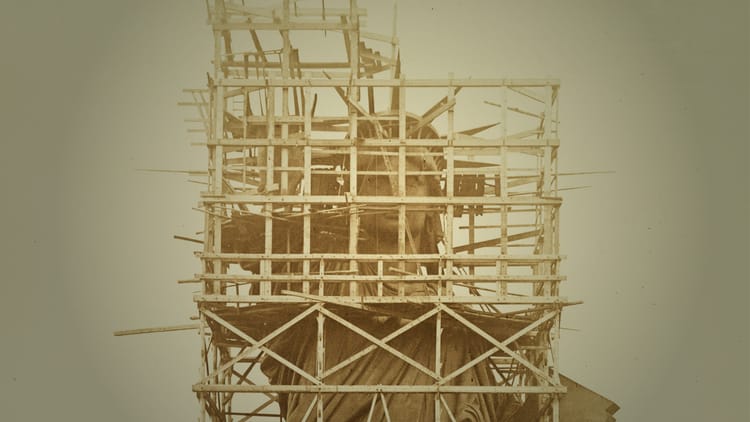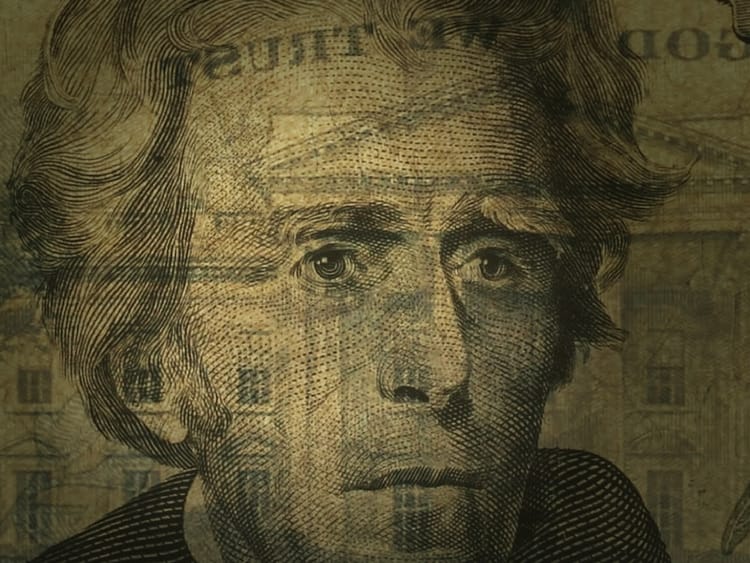‘They’re not sending you’

A conspiracy theory exploiting the anxieties of conservative, often white, citizens is gaining influence in Western politics. In France, the theory is espoused by Éric Zemmour, a far-right television personality whose recent rise in popularity indicates that he could be a serious presidential contender next year. In the United States, the theory is promoted by the influential Fox News host Tucker Carlson, along with a growing number of Republicans in Congress. This “replacement theory”—“the great replacement,” as it’s sometimes called—expresses the idea that nefarious forces are attempting systematically to import immigrants into these countries for the purpose of superseding their native-born populations. With the idea having moved beyond its origins among fringe white supremacists, liberals and other critics widely view its newer, more common variants as no less racist, while its adherents insist that they’re just objecting to an obvious political power grab. What’s behind this theory, and why is it on the rise?
Oren Segal is the vice-president of the Center on Extremism at the Anti-Defamation League. Segal says the mainstreaming of this theory in the U.S. is an unsurprising extension of the xenophobic sentiment that emerged on the American right as Donald Trump rose to power. Trump, after all, launched his 2016 presidential campaign by declaring, “When Mexico sends its people, they’re not sending their best. They’re not sending you. They’re not sending you. They’re sending people that have lots of problems, and they’re bringing those problems with us. They’re bringing drugs. They’re bringing crime. They’re rapists. And some, I assume, are good people.” According to Segal, Trump failed to offer a convincing condemnation of the far-right after white supremacists marched in Charlottesville, Virginia, in 2017, chanting “You will not replace us!” and “Jews will not replace us!” In fact, as Segal sees it, the former president exploited the fear and anxiety at the core of “replacement theory” implicitly—including by railing against an immigrant “invasion”—and helped to normalize extreme ideas that right-wing voices are now embracing more explicitly. Among the many reasons why this is so unnerving, Segal says, is that the idea of “the great replacement” has repeatedly motivated violence—including by gunmen in mass shootings—in America and abroad: “Where this becomes a normal public discussion, violence tends not to be far behind” …
Graham Vyse: What is the replacement theory, and where does it come from?
Oren Segal: It predates the French writer Renaud Camus, who popularized the phrase when he published a book titled Le Grand Remplacement—“the great replacement”—in 2011. He was influenced by the author of The Camp of the Saints, a racist book [depicting the destruction of the West by an invasion of immigrant hordes]. It was a French author critiquing the French political environment, arguing that Europe, in particular, was being overrun by mass immigration of Muslims in particular—immigrants from outside Europe—and they were going to replace traditional European culture with their own foreign, alien culture. That’s sort of the beginning of the use of the Great Replacement and how the theory started to become popularized in Europe and even the United States.





